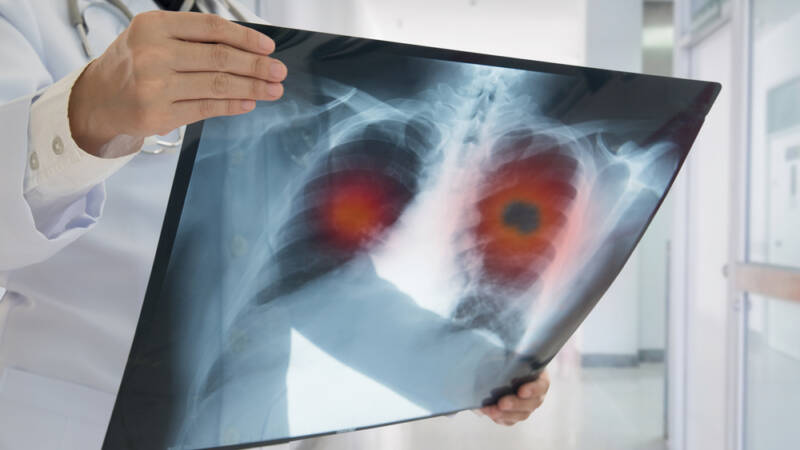Warning Signs and Symptoms of Lung Cancer

According to the World Cancer Research Fund, lung cancer is the third most commonly occurring cancer in woman and the most common cancer in men. Since 1987, lung cancer has been the leading cause of cancer-related death in the United States with an estimated 135,720 Americans succumbing to the disease in 2020. Since detecting the disease early dramatically increases a patient’s chances of survival, this article discusses the earliest warning signs and symptoms to watch out for.
All forms of cancer are caused by mutated cells which grow out of control to form harmful tumors. When cancerous growths begin in the tissues of the lung, the disease is called lung cancer. In some cases, cancer can begin in other bodily tissues and spread to the lungs.
Types
Lung cancer falls into one of two categories: small cell (SCLC) and non-small cell (NSCLC). Cancers within these individual groups develop differently and require different treatments. Small cell lung cancer accounts for approximately 15 to 20 percent of cases and is most often caused by smoking. Small cell tumors tend to spread to other areas of the body fairly quickly, and require aggressive treatment.
Roughly 80 to 85 percent of all lung cancer cases are non-small cell and can be further sub-categorized into three groups:
- Adenocarcinoma – Where tumors form in mucus producing cells that line the airways.
- Squamous cell cancer – Where tumors form in the flat surface cells of the airways, typically near the center of the lung.
- Large cell carcinoma – Where cancerous cells appear larger and rounder when viewed under a microscope.
Early Signs and Symptoms
According to the Cancer Treatment Centers of America, the earliest signs of lung cancer usually include:
- Chest pain that may worsen when coughing or breathing deeply
- Pain in the back or shoulders
- Producing blood when coughing
- A new and persistent cough
- Shortness of breath
- Feeling tired or weak
- Loss of appetite
- Wheezing or hoarseness
Advanced lung cancer can also cause pain in the bones, swelling of the face or neck, and jaundice (yellowing of the skin).
Treatment Options
As with most other forms of cancer, the treatment options for lung cancer vary considerably based on the cancer’s advancement and the overall health of the patient. Small cell lung cancer is typically treated with chemotherapy, radiotherapy, or a combination of the two. People with non-small cell lung cancer can be treated with surgery, chemotherapy, radiation therapy, targeted therapy, or a combination of them.
Talk To Your Doctor
The five-year relative survival rate of lung and bronchus cancer is 20.5 percent. However, the life expectancy of a patient is improved when the cancer is diagnosed early. If you are experiencing any of the symptoms discussed in this article, make an appointment to speak to your doctor right away.